-
1 of 253523 objects
Minstrelsy of the Scottish border, consisting of historical and romantic ballads, collected in the southern counties of Scotland ... ; v.1. 1802
RCIN 1050426
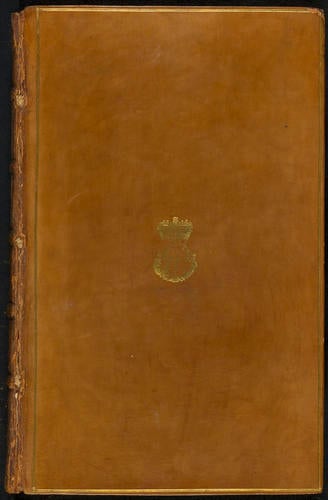
Sir Walter Scott (1771-1832)
Minstrelsy of the Scottish border, consisting of historical and romantic ballads, collected in the southern counties of Scotland . . . ; v. 1 1802
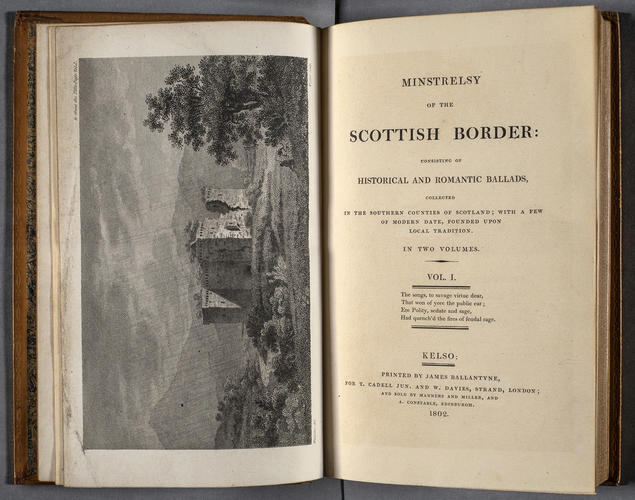
Sir Walter Scott (1771-1832)
Minstrelsy of the Scottish border, consisting of historical and romantic ballads, collected in the southern counties of Scotland . . . ; v. 1 1802

Sir Walter Scott (1771-1832)
Minstrelsy of the Scottish border, consisting of historical and romantic ballads, collected in the southern counties of Scotland . . . ; v. 1 1802
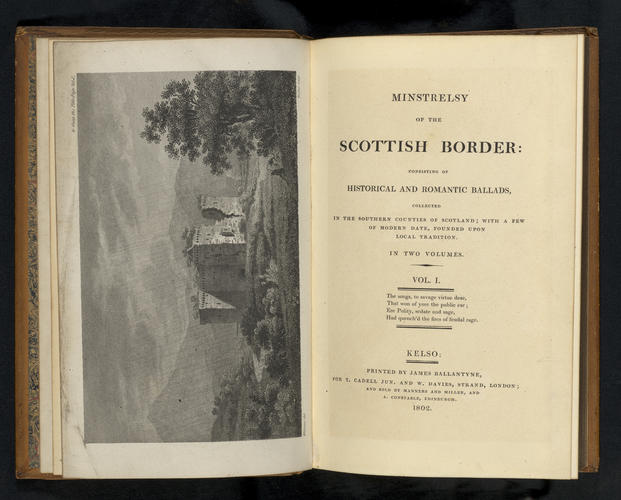
Sir Walter Scott (1771-1832)
Minstrelsy of the Scottish border, consisting of historical and romantic ballads, collected in the southern counties of Scotland . . . ; v. 1 1802
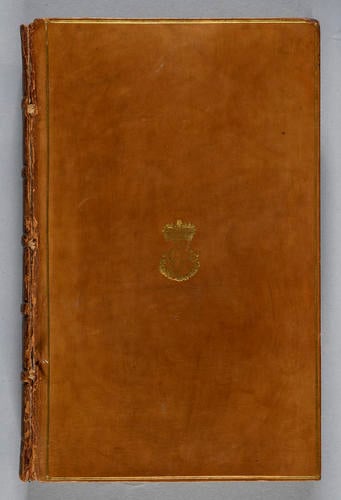
Sir Walter Scott (1771-1832)
Minstrelsy of the Scottish border, consisting of historical and romantic ballads, collected in the southern counties of Scotland . . . ; v. 1 1802
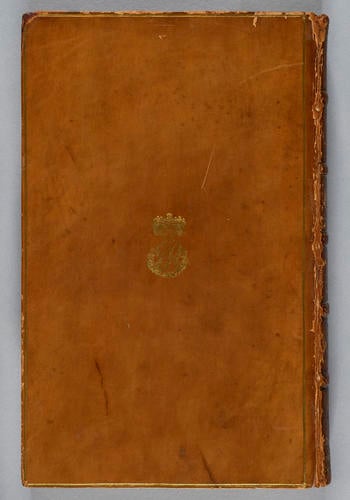
Sir Walter Scott (1771-1832)
Minstrelsy of the Scottish border, consisting of historical and romantic ballads, collected in the southern counties of Scotland . . . ; v. 1 1802






-
Minstrelsy of the Scottish Border is the second major publication by Walter Scott, the first being an anonymous translation of two poems by the German poet Gottfried Augustus Bürger (The Chase and William and Helen, 1796). It also marked the first collaboration between Scott and his publisher and later business partner James Ballantyne.
Printed at Kelso in two volumes in 1802, the work is a collection of ballads arranged by Scott into three sections: historical ballads, romantic ballads and modern imitations (21 of which were by Scott himself). Minstrelsy started as a project to collect the popular song of Border reivers inspired by Scott’s own experience of the ballads and tales of reiving families recounted by his grandmother during his childhood. He collected ballads from across the region with the assistance of friends and other collaborators from the Borders including the poet James Hogg (1770–1835) and the antiquary John Leyden (1775–1811).
In preparing the work, Scott went far beyond simply collecting and arranging the songs. Later works on Scottish folk song showed that he over-edited several pieces to conform to fashionable expectations of the language and melody of the songs and Enlightenment notions of ‘rustic’ rural customs and 'lost' ways of life in opposition to the ‘refinement’ believed to be found in towns and cities. Some songs with nebulous or non-existent information about historical characters or locations were embellished and given new histories that tied them to Scott’s romantic idea of the Borders. Several songs found in Minstrelsy have since been discovered to have no connection to the region.
On its publication in 1802, the book was viewed by the critics of the Monthly Review as little more than a vanity publication by a local gentleman fascinated with the 'rude lays of his marauding ancestors', a pretentious work with an abundance of notes better suited to a series of individual antiquarian tomes rather than a two modest octavo volumes. However, although not a runaway success, Minstrelsy of the Scottish Border came at a time of increased interest in the popular song of the past and, particularly in Scotland, such works were seen as important records of national character. It proved sufficiently popular with the reading public in both Scotland and England that Scott was moved to publish a third volume the following year. He was soon encouraged to publish longer poetic works of his own composition and in 1805 he finished his first long poem The Lay of the Last Minstrel (see RCIN 1050432), based on a piece originally intended for the third volume of Minstrelsy.Provenance
The binding and a reference number (WL 125-1) indicate that this book was formerly in the Windsor Library of George III. However, the book is not listed on the corresponding page in the relevant inventory despite being marked as such in the first inventory of the Royal Library compiled in the 1830s. Another pencil annotation indicates it was marked as a duplicate, perhaps from George III's King's Library. Further pencil marks in the volume appear to refer to the subject index of that library. A fourth edition of the work is listed in the printed catalogue of the King's Library.
-
Creator(s)
(bookseller)(bookseller)Acquirer(s)